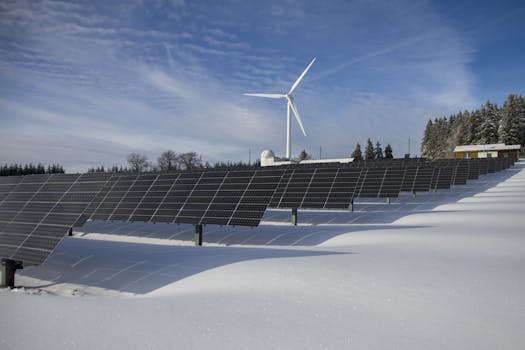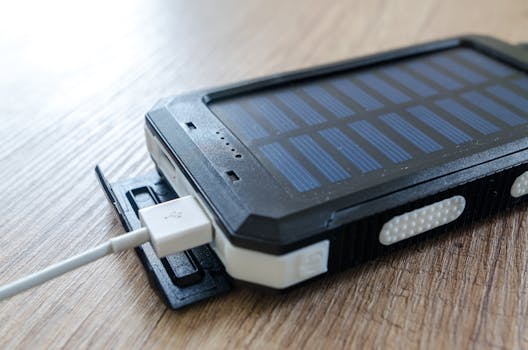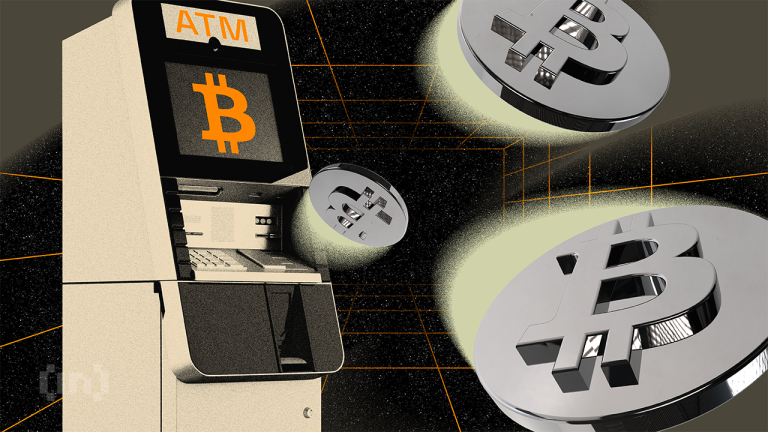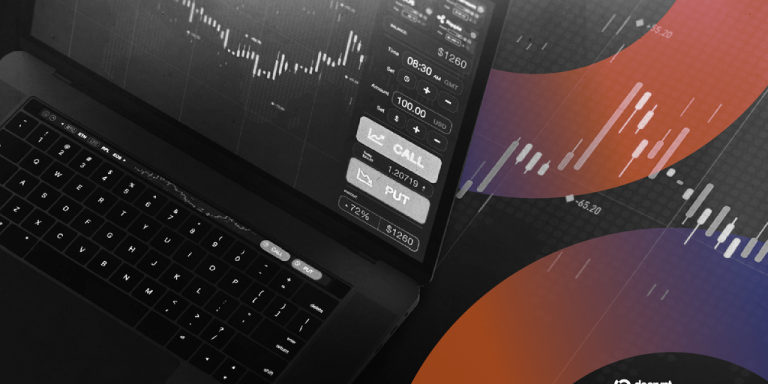
Introduction to Renewable Energy Innovations

In recent years, the emphasis on reducing greenhouse gas emissions and combating climate change has spurred significant growth in the renewable energy sector. Advances in technology have greatly expanded the potential for solar and wind energy, and are leading to more efficient energy storage solutions. This article explores some of the latest breakthroughs in renewable energy technologies that are surely shaping a sustainable future.
Revolutionary Solar Panel Technologies

The solar energy industry has witnessed remarkable innovations, especially with the advent of perovskite solar cells. These are cost-effective, easier to manufacture, and promise to deliver higher efficiency rates compared to traditional silicon-based cells. Recent studies have shown that perovskite-based cells can achieve efficiencies exceeding 28% and are also capable of being layered with silicon panels to further enhance overall energy conversion.
Moreover, innovations around bifacial solar panels that capture sunlight on both sides are gaining traction. This allows these panels to harvest more sun and substantially increase energy yield, making them an attractive investment for residential and commercial installations alike.
Advancements in Wind Energy Technology

Wind energy has also seen groundbreaking advancements. One key innovation includes the development of larger and more efficient wind turbines. Turbines are increasingly being designed to operate in low-wind conditions, significantly broadening their application in various locations that were previously unsuitable for wind farms.
Additionally, floating wind farms are making waves in the energy sector. These farms operate in deeper waters where winds are often stronger and more consistent. By harnessing the higher wind speeds found offshore, these floating turbines can harness vastly increased energy potential, opening new avenues for sustainable energy generation.
Smart Grids and Energy Storage Solutions

An exciting report reveals the emergence of AI and IoT technologies in managing renewable energy sources through smart grids. These advanced systems enable real-time energy management from solar panels and wind turbines, allowing for seamless integration of renewable energy into the existing power grid.
Furthermore, energy storage technology has taken center stage with the global push towards greater reliability in renewables. Battery systems, such as lithium-ion, as well as newer developments including solid-state batteries, offer promising solutions for continuous energy supply. The scaling up of cost-effective large-scale energy storage systems awaits no longer as companies strive to develop home batteries that can store excess energy generated during peak times and dispatch it when demand is high.
The Promise of Hydrogen Energy

Hydrogen energy, particularly green hydrogen produced through renewable sources, represents another significant breakthrough. Electrolysis methods have become more efficient, allowing for cost-effective generation of hydrogen to be stored and ultimately converted to electricity or used in fuel cells. This can serve as a pivotal solution for industries with limited access to renewable electricity and those tackling hard-to-decarbonize segments.
Governments and private investors around the world are now keenly investing in hydrogen infrastructure as it holds the promise to wipe clean emissions produced in transportation, heavy industry, heat and power generation sectors.
Conclusion

Ultimately, the latest breakthroughs in renewable energy technologies provide a hopeful glimpse into a more sustainable future. With advancements in solar technology, wind energy developments, smart grid implementations, enhanced storage solutions, and the use of hydrogen energy, it is evident that renewable energy will play a critical role in meeting global energy demands. By investing in these innovative technologies, we can power our communities, reduce environmental impacts, and build a cleaner, greener planet for generations to come.



